Virtual tour: Ralph Lauren’s car collection
The Art of the Automobile: Masterpieces of the Ralph Lauren Collection went on show at Paris's Musée des Arts Décoratifs in 2011
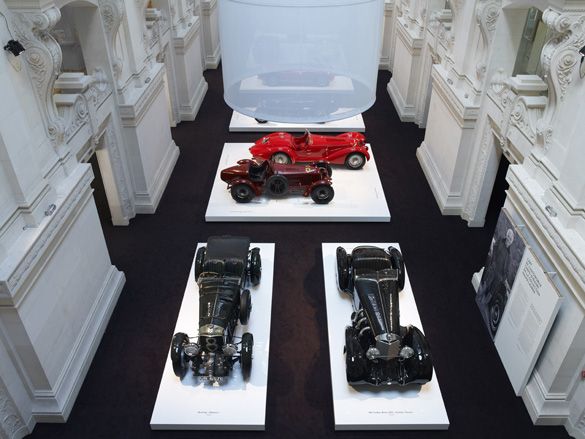
Ralph Lauren's approach to car collecting elevates the automobile to high art. Lauren's private garage in Westchester County, New York, is a minimalist temple to motoring. Here his own custom-trimmed Mercedes 280SE - his very first car - sits alongside some of rarest, most iconic and spectacular automobiles ever made.
The collection extends to around 60 cars, kept inside a deliberately non-descript structure that keeps its secrets closely guarded. Inside, thanks to design input from the Polo Ralph Lauren interiors team, the collection is displayed in a truly reverent fashion, part Zen garden, part Rothko Room, with every car placed on a carefully lit pedestal, yet kept maintained and primed for instant use.
Invitations to this automotive nirvana are somewhat limited, but a new exhibition in Paris successfully takes Lauren's garage aesthetic into the public realm. The Musée des Arts Décoratifs plays host to 17 cars from the collection, including a brace of Bugattis, Mercedes and Ferraris, a couple of Alfas, and rarely seen machines from Bentley, McLaren, Jaguar and Porsche.
The show has been curated by Rodolphe Rapetti, Head Curator of the French National Heritage, and put on display by the French architect Jean-Michel Wilmotte. Arranged chronologically, the display charts the evolution of car design from the inter-war period to the modern era, with the focus on the artistry that evolved from race engineering.
The cars on display date back seven decades and represent a rich life of careful collecting and deep enthusiasm. With several of the classics making their public display debut, this is a rare chance to savour one of the world's best-kept car collections.
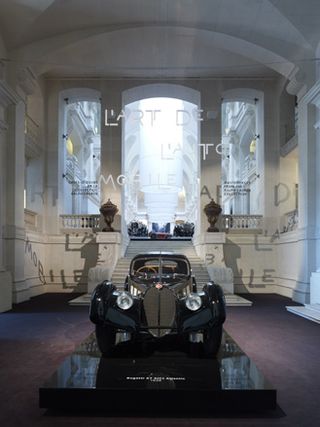
Lauren’s 1938 Bugatti 57 SC Atlantic Coupé is just one of two surviving examples of this extravagant piece of Art Deco design. Finished in rich black, a very atypical colour for a luxury car of the era, the cars were hand-crafted from aluminium, with the visible seams down the wings and the body raised and exaggerated
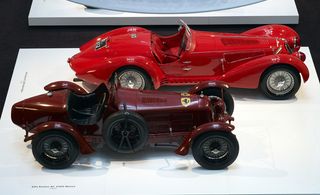
Front: Alfa Romeo Monza 8C 2300, 1931
Dubbed Monza after the Italian race course, these cars were built by the Alfa factory for their own works racing team, before being sold off to private collectors once their track days were over. 8C comes from 8 cylinders and the 8C family included extravagantly bodied luxury coupes as well as these lightweight racers.
Rear: Alfa Romeo 8C 2900 Mille Miglia, 1938
A later evolution of the 8C, this particular model was built for the celebrated Mille Miglia and finished second in the 1938 race
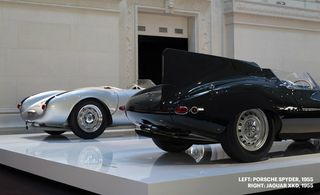
Right: Jaguar XKD, 1955
The racing precusor of the famous E-Type, the D-Type (known as the XKD in the US) was Britain's world-beater in the 1950s. With three consecutive victories between 1955 and 1957 at the Le Mans 24 Hours, and another at the Nürburgring in 1956 it was briefly the dominant racing car of its day. Remarkably beautiful, the D is characterised by the vertical fin behind the driver.
Left: Porsche Spyder, 1955
Porsche's first racing car, the Porsche 550 Spyder was ultra lightweight and hugely successful
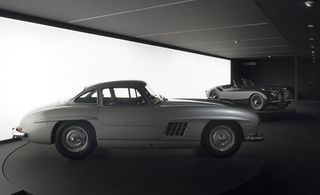
Mercedes-Benz 300 SL Gullwing Coupé, 1955
From 1954 Mercedes began offering a road-going version of its 300SL racing car, mainly at the insistence of its American importer, Max Hoffman, who correctly guessed that the car would be a big hit in the States. 1,400 coupes were built, and over 80% ended up in the USA. Famed for its wing-like upward-opening doors, the Gullwing became an instant design icon, influencing subsequent MB concept cars and today's SLS AMG model. It was also the world's fastest production car in its day
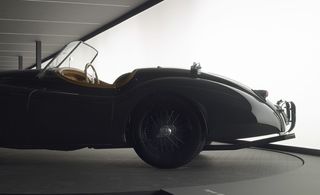
1958 Ferrari 250 Testa Rossa
Designed by Sergio Scaglietti, the Testa Rossa represented the peak of the intersection between pure sculpture and competitive form. Just 34 of these supreme racing cars were built
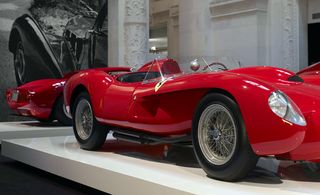
1958 Ferrari 250 Testa Rossa
Designed by Sergio Scaglietti, the Testa Rossa represented the peak of the intersection between pure sculpture and competitive form. Just 34 of these supreme racing cars were built
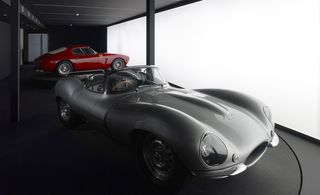
Jaguar XKSS, 1956/1958:
For a select few, owning a race car car for the road is ultimate automotive prize, then as now. The Jaguar XKSS is truly rare. Just 16 examples of the road-going version of the race-winning XKD were before a factory fire destroyed the last remaining chassis. The open-topped car was aimed at American enthusiasts (including Steve McQueen) and is an obvious antecedent of the 1961 E-Type
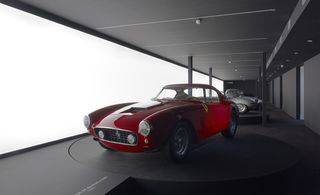
Ferrari 250 GT SWB Berlinetta Scaglietti, 1960
The forerunner of the contemporary supercar, Ferrari’s 250 series were aimed at an emerging class of customer keen to bring race-bred manners on to the road, with cars that could mix long-distance touring with short spells on the track. There were countless variants of the 250, with a variety of body styles depending on their use. This short wheel base version has a body by Sergio Scaglietti
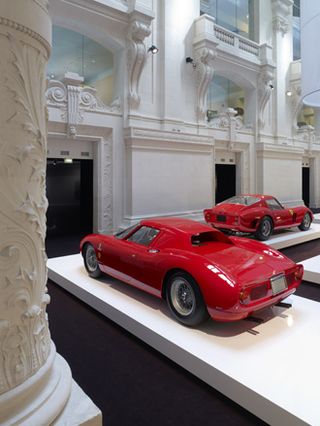
Ferrari 250 LM, 1964
LM stands for Le Mans, then, as now, the place where manufacturers pushed the limits of technology. This model marked Ferrari’s shift from making exclusively front-engined cars to a mid-engined design (today it still builds both). With a V12 located behind the driver’s seat, the LM had distinctive styling that would go on to influence numerous Ferrari road cars
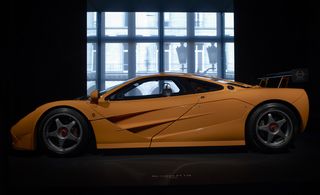
McLaren LM, 1996
McLaren’s F1 is still a remarkable and unmatched machine. The fastest, most expensive and rarest car of its day, the company entered the F1 into Le Mans in 1995. All five finished well, and to celebrate the company released five F1 LM models in bright Papaya Orange
Wallpaper* Newsletter
Receive our daily digest of inspiration, escapism and design stories from around the world direct to your inbox.
Jonathan Bell has written for Wallpaper* magazine since 1999, covering everything from architecture and transport design to books, tech and graphic design. He is now the magazine’s Transport and Technology Editor. Jonathan has written and edited 15 books, including Concept Car Design, 21st Century House, and The New Modern House. He is also the host of Wallpaper’s first podcast.
-
 This collection of slow furniture is a powerful ode to time
This collection of slow furniture is a powerful ode to timeA serene exhibition of David Dolcini's 'Time-made' collection has fast-tracked its place into our hearts and homes
By Ifeoluwa Adedeji Published
-
 Is the Pragma P1 the most sustainable watch yet?
Is the Pragma P1 the most sustainable watch yet?Geneva-based brand Pragma combines industrial design with real sustainable credentials
By Hannah Silver Published
-
 Unlike the gloriously grotesque imagery in his films, Yorgos Lanthimos’ photographs are quietly beautiful
Unlike the gloriously grotesque imagery in his films, Yorgos Lanthimos’ photographs are quietly beautifulAn exhibition at Webber Gallery in Los Angeles presents Yorgos Lanthimos’ photography
By Katie Tobin Published